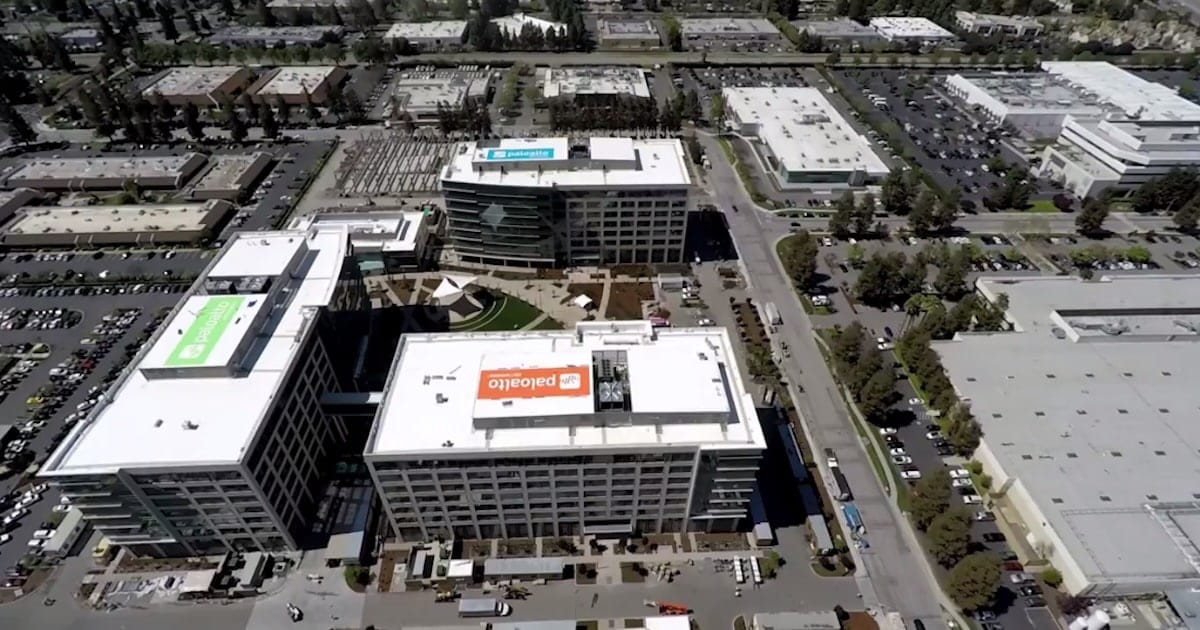The integration of Artificial Intelligence (AI) in cybersecurityCybersecurity solutions are essential in the digital era… is advancing rapidly, but it brings new challenges in the fight against increasingly sophisticated threats. Palo Alto Networks identifies seven trends that will shape the future of the industry.
Palo Alto Networks, a global leader in cybersecurity, has presented its predictions for 2025, highlighting how AI will transform digital defense. Among the key points, the importance of unified platforms, secure browsers, and the growing concern over the energy impact of AI is emphasized.
According to Nir Zuk, founder and CTO of Palo Alto Networks: “Cybersecurity has evolved into a high-stakes game where AI acts as the brain behind the attacks. Organizations must adopt unified offensive platforms to stay ahead of attackers and make strategic decisions that ensure their future.”
AI and Cybersecurity Predictions for 2025
1. Cyber Infrastructure Centered on Unified Data Platforms
By 2025, organizations will adopt unified platforms that integrate data security from code development to cloud environments and Security Operation Centers (SOCs). This convergence, driven by managed security service providers (MSSPs) and value-added resellers (VARs), will optimize resources and enhance visibility against threats.
2. The Advantage of Major Players in AI
Established companies with access to large volumes of data will significantly outperform emerging startups. Collaborations between large organizations and new companies will be key to accelerating advancements in AI and security.
3. AI in SOCs: Trust, Governance, and Leadership
AI will take over most detection and response workflows in SOCsAn SOC, short for Security Operations Center, is a…, allowing human analysts to focus on strategic tasks. As new regulations emerge, it will be crucial to ensure transparency and explain how AI makes decisions.
4. Adoption of Secure Enterprise Browsers
With 95% of security incidents originating from insecure browsers, companies will implement browsers specifically designed to protect workplace environments from threats.
5. Focus on the Energy Impact of AI
The proliferation of AI workloads and the increase of data centers demand more efficient models. By 2025, techniques such as energy-efficient AI models and quantum-based AI platforms will be adopted to mitigate energy consumption.
6. Preparedness for Quantum Security
While quantum attacks are not an immediate reality, state-backed organizations and actors are ramping up strategies like “capture now, decrypt later.” Companies will need to adopt defenses resistant to quantum computing to protect sensitive data.
7. The CIO and CMO: A Strategic Alliance
The Chief Information Officer (CIO) and Chief Marketing Officer (CMO) will work together on issues like AI governance, regulatory compliance, and privacy. Their collaboration will be crucial in addressing the labeling of AI-generated content and other related challenges.
Palo Alto Networks: Innovation and Commitment to Security
With leading technologies powered by Precision AI, Palo Alto Networks provides precise threat detection and rapid response that minimizes false positives. Its focus on “platformization” integrates diverse solutions into a single scalable platform, simplifying management and enhancing protection.
Recognized as an exemplary workplace, the company has received multiple awards, including the Disability Equality Index and the HRC Best Places for LGBTQ+ Equality.

